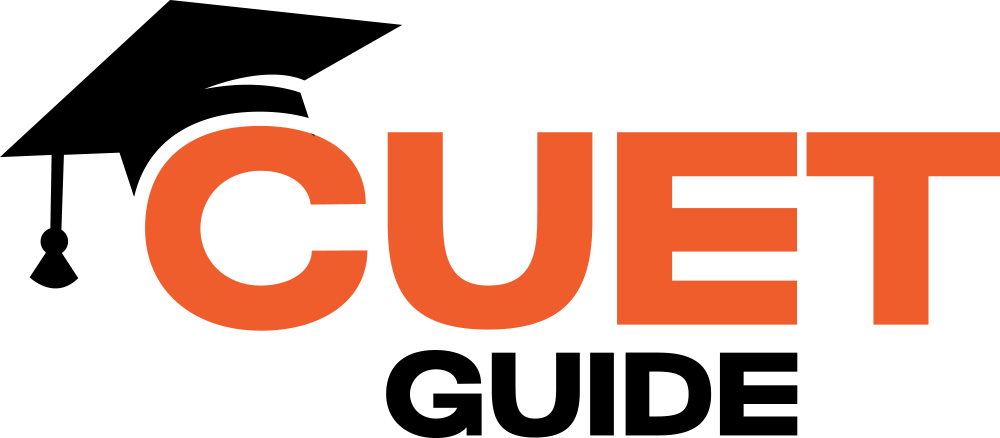The CUET UG 2025 Economics syllabus covers fundamental concepts in microeconomics, macroeconomics, and Indian economic development. Designed to build a deep understanding of economic principles, this syllabus prepares students to critically analyze and interpret economic issues, helping them develop essential analytical skills. This guide outlines each unit to help students approach topics systematically.
Part 1: Microeconomics
Unit I: Introduction to Microeconomics
- Overview: Explores basic economic concepts and central economic problems.
- Key Concepts:
- The meaning and scope of microeconomics.
- Economic problems related to resource allocation, production, and distribution.
Unit II: Consumer Behavior and Demand
- Overview: Examines consumer decision-making and demand theory.
- Key Concepts:
- Utility approach to consumer equilibrium (one and two commodity cases).
- Determinants of demand and elasticity of demand.
- Demand curve analysis: movement, shifts, and elasticity measurements.
Part 2: Macroeconomics
Unit III: National Income and Related Aggregates
- Overview: Introduces core macroeconomic aggregates and the circular flow of income.
- Key Concepts:
- Definitions of GDP, GNP, NDP, NNP at market price and factor cost.
- Three approaches to measuring national income: Value Added, Income, and Expenditure.
Unit IV: Determination of Income and Employment
- Overview: Focuses on aggregate demand and supply in determining national income.
- Key Concepts:
- Aggregate demand and supply components, consumption, and saving propensities.
- Income determination with a two-sector model and the investment multiplier effect.
- Addressing excess and deficient demand through credit policies and government spending.
Unit V: Money and Banking
- Overview: Covers the basics of money and the roles of central and commercial banks.
- Key Concepts:
- Definition, evolution, and functions of money.
- Functions of central banks and commercial banks in economic regulation.
Unit VI: Government Budget and the Economy
- Overview: Discusses government budgets and the economic implications of deficits.
- Key Concepts:
- Components and classifications of government budgets (revenue vs. capital).
- Types of budgets (balanced, surplus, deficit) and the implications of deficits.
- Measures for deficit management.
Unit VII: Balance of Payments
- Overview: Explores foreign exchange, exchange rates, and balance of payments.
- Key Concepts:
- Foreign exchange rate systems (fixed and flexible) and factors influencing rates.
- Structure of the balance of payments and recent trends in exchange rate issues.
Part 3: Indian Economic Development
Unit VIII: Development Experience (1947-1990) and Economic Reforms Since 1991
- Overview: Analyzes India’s economic journey from independence to the liberalization era.
- Key Concepts:
- Economic goals and policies of early Five-Year Plans.
- Evolution of agriculture, industry, and trade policies, including the impact of the 1991 reforms.
Unit IX: Current Challenges Facing the Indian Economy
- Overview: Examines pressing socio-economic challenges and policies in India.
- Key Concepts:
- Poverty, human capital formation, rural development, and employment challenges.
- Infrastructure development, focusing on health and sustainable economic practices.
- Impacts of economic development on environmental resources, including global warming.
Unit X: Development Experience in India and Comparison with Neighbors
- Overview: Compares India’s economic growth and human development indicators with Pakistan and China.
- Key Concepts:
- Economic performance, population trends, sectoral contributions, and development indicators.
The CUET UG 2025 Economics syllabus equips students with a broad understanding of micro and macroeconomic theories, as well as practical insights into Indian economic development. This structured approach prepares students for higher education in economics, finance, and policy-making, with an emphasis on critical thinking and data interpretation.
For syllabus download please click the link:

